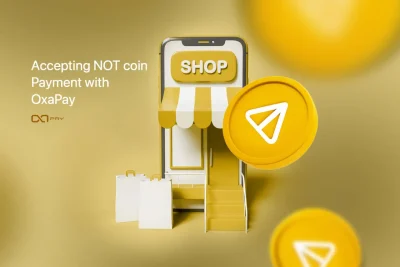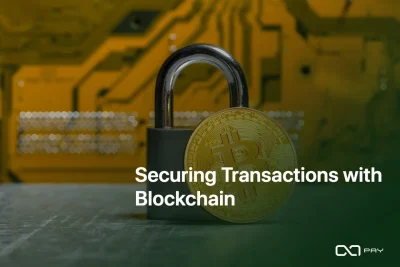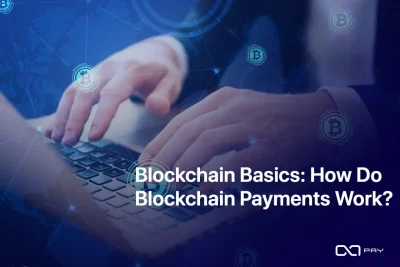Cryptocurrency transactions, while efficient and transparent, can sometimes face delays, failures, or security risks. For both individual users and businesses, it’s essential to verify crypto transactions to ensure they are successful and correctly processed. This article explores how to track transactions, common reasons for delays, the role of blockchain explorers, and best practices for securing and verifying each transaction with confidence.
Section 1: Check Crypto Transaction Status
A blockchain explorer is a tool that allows users to track their cryptocurrency transactions in real-time. Every transaction is recorded on the blockchain, and explorers provide a way to verify details such as sender and recipient addresses, transaction fees, and confirmation status.
How to Use a Blockchain Explorer
To verify a crypto transaction, you can use a blockchain explorer.
Every transaction is recorded on the blockchain, and explorers provide a way to verify details such as sender and recipient addresses, transaction fees, and confirmation status.
To check the status of a transaction:
- Locate the Transaction ID (TXID): This is a unique identifier assigned to every crypto transaction.
- Visit a blockchain explorer relevant to your cryptocurrency:
- Bitcoin: blockstream.info
- Ethereum: etherscan.io
- Tron: tronscan.org
- Binance Smart Chain: bscscan.com
- Enter the TXID into the search bar and review the transaction details, including:
- Number of confirmations
- Sender and recipient addresses
- Transaction fees
- Block inclusion status
What If a Transaction Has Zero Confirmations?
- Pending status: If a transaction is unconfirmed, it is waiting in the mempool for miners/validators to process it.
- Possible delay reasons: Low transaction fees, network congestion, or technical issues with the sender’s wallet.
- Solution: Consider fee bumping methods like Replace-by-Fee (RBF) for Bitcoin transactions or resending with a higher gas fee on Ethereum.
Before diving into the causes of delays, it’s essential to understand how to verify crypto transactions and monitor their confirmation progress.
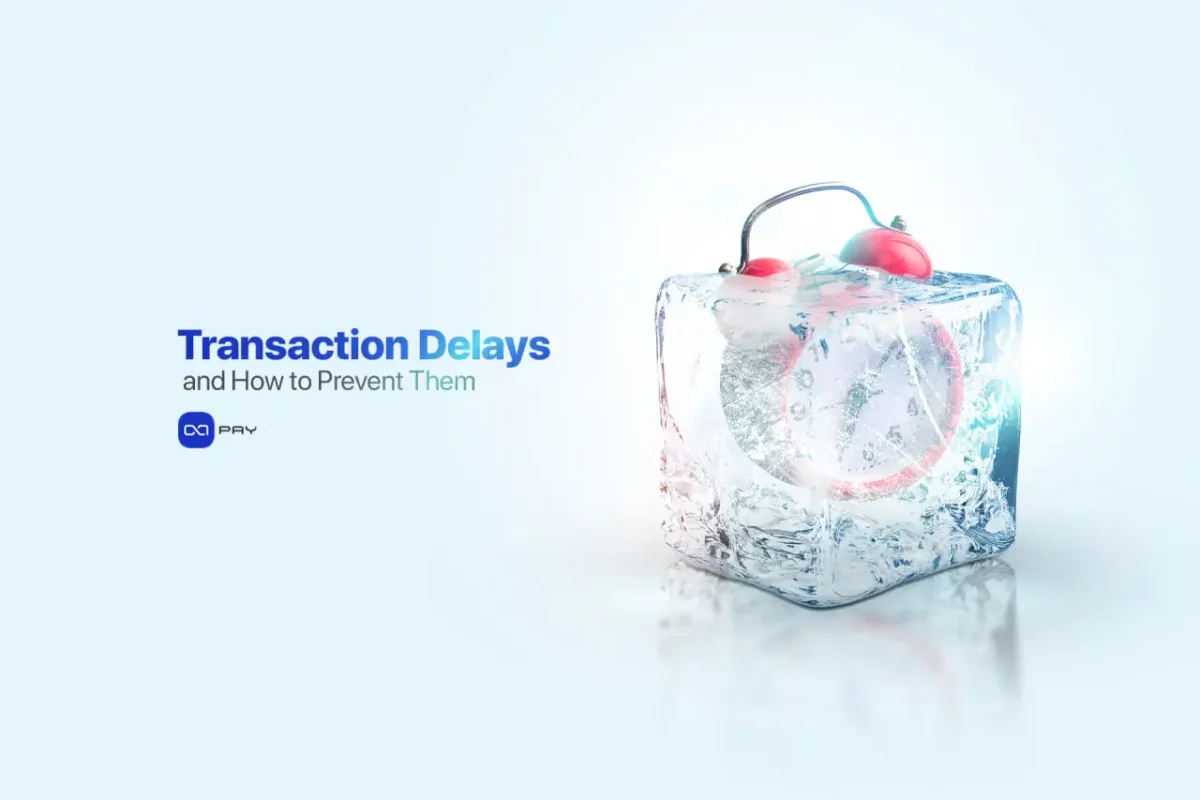
Section 2: Why Crypto Transactions Get Delayed
Common Reasons for Delayed Transactions
Several factors can contribute to slow confirmations:
- Network congestion: High traffic on the blockchain can result in longer processing times.
- Low transaction fees: Miners prioritize transactions with higher fees.
- Incorrect network selection: Sending a token (e.g., USDT) on the wrong blockchain (e.g., ERC-20 vs. TRC-20).
- Wallet synchronization issues: Some wallets may temporarily fail to update transaction statuses.
How to Prevent Transaction Delays
- Use Recommended Fees: Before sending a transaction, check the suggested fee rates using tools like Etherscan Gas Tracker or Mempool.space.
- Send Transactions During Low-Traffic Periods: Weekends and off-peak hours usually have lower fees and faster processing times.
- Ensure Correct Blockchain Selection: Always verify whether the recipient wallet supports the selected network (e.g., ERC-20 vs. BEP-20 vs. TRC-20).
- Double-check Address and Details: Copy and paste addresses instead of typing manually to avoid errors.
Verify crypto transaction details carefully before confirming to reduce the risk of delays, failed transfers, or misrouted funds.
Section 3: How Wallets Help Verify Transactions
Types of Crypto Wallets
Cryptocurrency wallets play a crucial role in transaction security and tracking. There are three primary types of wallets:
- Hot Wallets (Online Wallets): Convenient for frequent transactions but vulnerable to hacks.
- Cold Wallets (Hardware Wallets): Secure offline storage, ideal for long-term holdings.
- Custodial Wallets: Managed by third-party platforms (e.g., exchanges) with built-in tracking tools.
Wallet Features for Transaction Tracking
Many modern wallets provide built-in transaction monitoring features, such as:
- Real-time transaction status updates
- QR code scanning for accuracy
- Fee adjustment settings for faster confirmation
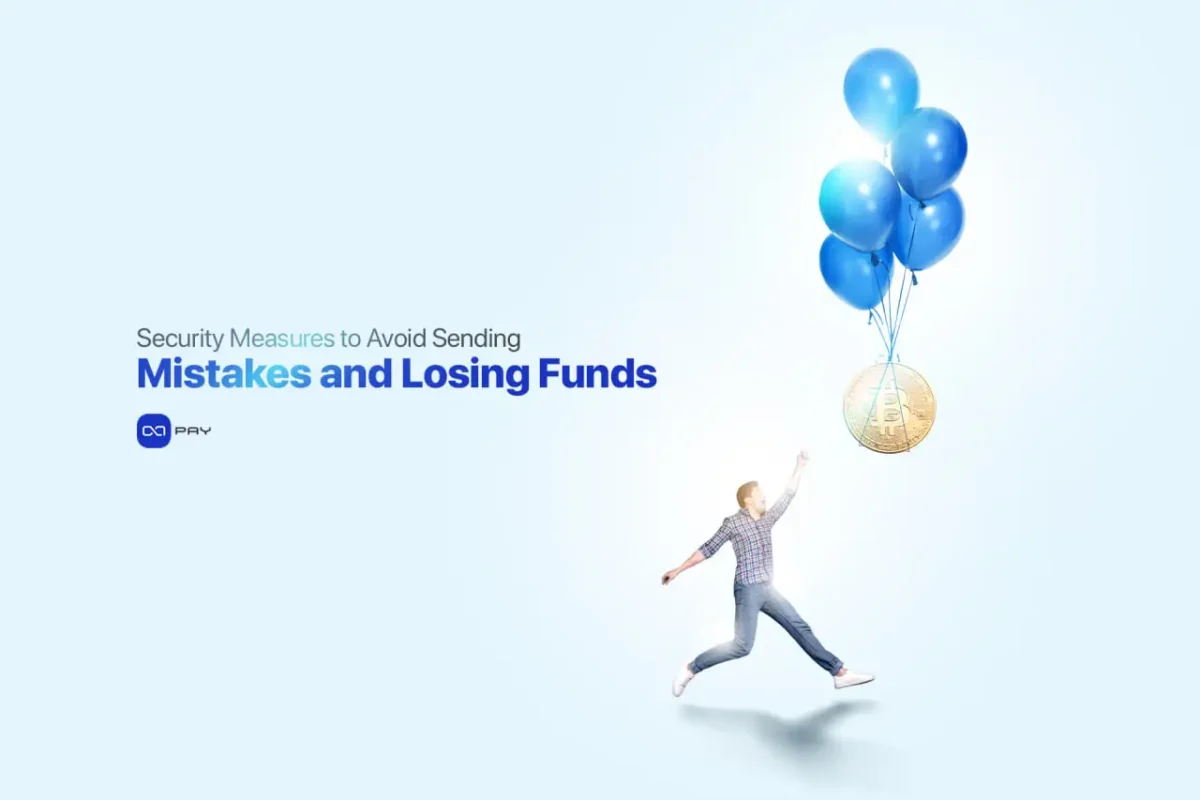
Section 4: Secure Your Crypto Transactions
Avoiding Common Mistakes
- Verify Wallet Address Before Sending: Crypto transactions are irreversible; always double-check the recipient address.
- Use Address allowlisting: Some wallets allow users to save trusted addresses to prevent errors.
- Be Cautious of Clipboard Malware: Hackers can alter copied addresses, always verify before confirming.
How to Recover Funds Sent to the Wrong Address
- If Sent to a Non-Existent Address: The transaction will likely fail, and funds may be returned.
- If Sent to an Incorrect but Valid Address: Funds may be permanently lost unless the recipient agrees to return them.
- For Smart Contract Errors: Some networks allow recovery if tokens were sent to an incompatible contract.
Using Multi-Signature (Multi-Sig) Wallets for Extra Security
For large transactions or business accounts, multi-signature wallets require multiple approvals before executing a transaction, reducing the risk of accidental transfers.
Final Tips to Verify Crypto Payments
Successful crypto payments aren’t just about sending, they depend on verifying every step. When you understand how to track confirmations, recognize delays, and avoid common mistakes, you stay in control. Accuracy matters in crypto, and verification is what turns each transaction into a reliable outcome.
Start Accepting Crypto with Confidence
If your business needs a reliable way to handle crypto payments with proper tracking and confirmation, consider using a gateway designed for accuracy.
A trusted crypto payment gateway helps you streamline transactions, reduce errors, and keep full visibility from start to finish.
OxaPay gives you that control, plus real-time confirmation tracking and smart recovery tools built into every payment.

